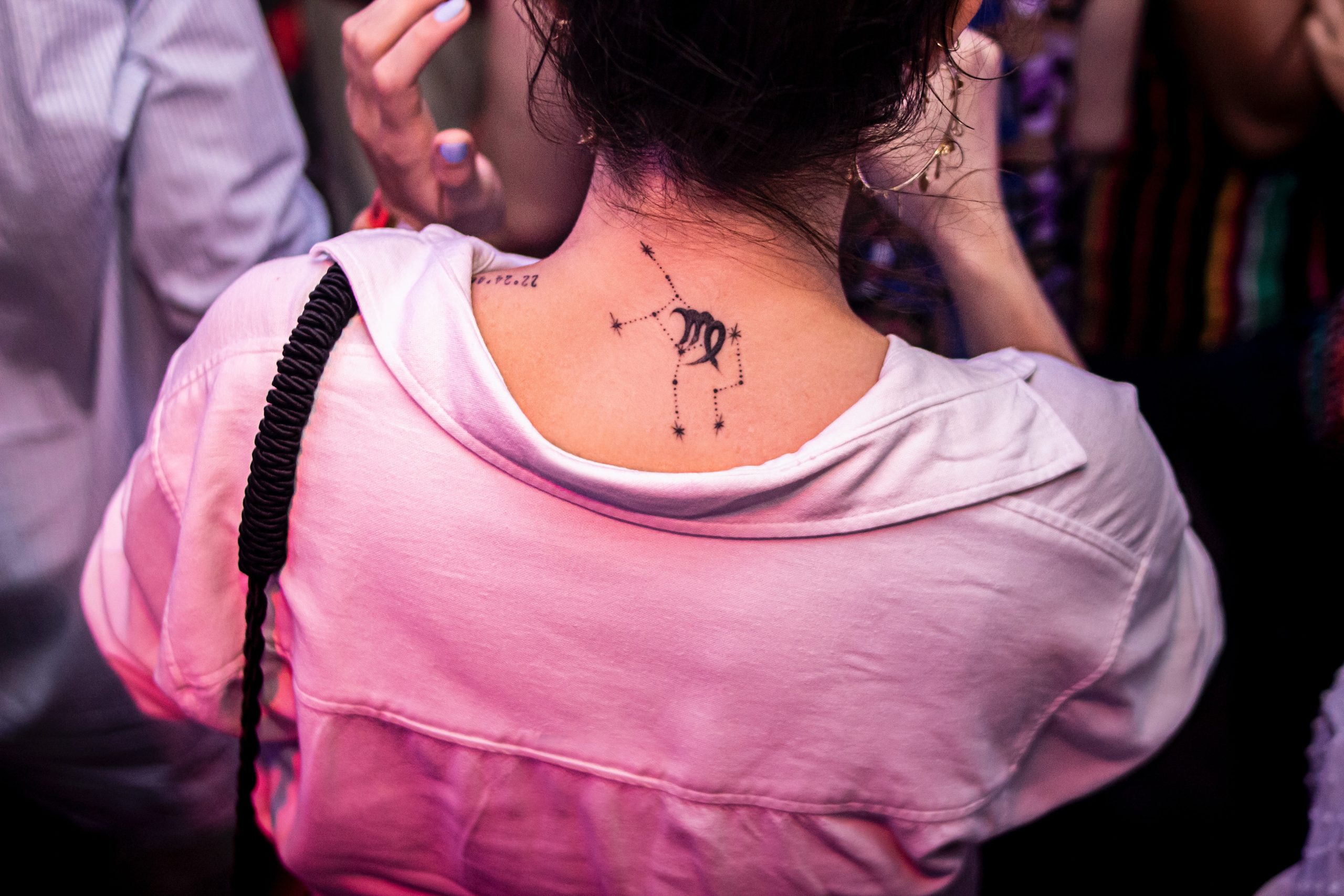What is a Circle around the Moon Called?
Have you ever looked up at the night sky and noticed a stunning phenomenon—a circle encircling the moon? It might have left you wondering what this celestial spectacle is called and what causes it. In this blog post, we will delve into the enchanting world of lunar halos, exploring their formation, appearance, and significance. Let’s embark on a captivating journey to uncover the secrets of this awe-inspiring spectacle!
Understanding Lunar Halos
A lunar halo, often described as a circle around the moon, is a captivating optical phenomenon that occurs when moonlight refracts and reflects within ice crystals suspended in the Earth’s atmosphere. These ice crystals are often found in cirrus clouds or high altitude clouds, which are composed of tiny hexagonal ice particles. When moonlight passes through these ice crystals, it refracts and gets dispersed, resulting in the formation of a luminous circle around the moon.
The moment you catch a glimpse of a lunar halo, you will notice that it appears as a circular band with a radius of around 22 degrees around the moon. This distance is constant, regardless of the moon’s position in the sky. What makes lunar halos truly fascinating is their ability to produce a wide variety of colors, ranging from vivid reds to enchanting blues, purples, and even hints of green. These striking colors are a result of light dispersion caused by the different wavelengths of light being refracted at distinct angles.
| Common Features of Lunar Halos |
|---|
| Appear as a circle around the moon |
| Have a constant radius of approximately 22 degrees |
| Can exhibit a wide array of colors |
| Tend to appear during colder weather conditions |
Why Do Lunar Halos Occur?
Lunar halos form due to the intricate interplay between light, ice crystals, and atmospheric conditions. When light passes through the hexagonal ice crystals in the atmosphere, it refracts and bends at different angles, similar to how light bends when passing through a prism. This bending of light results in the array of colors and the distinctive circular shape of lunar halos.
Additionally, the size of the ice crystals plays a crucial role in determining the appearance of the halo. Larger ice crystals tend to produce halos with a smaller radius, while smaller ice crystals can create halos that appear larger and more impressive.
Lunar halos are commonly observed during winter months or in colder regions, where the atmospheric conditions are more favorable for the formation of ice crystals. The lower temperatures and higher humidity levels provide an ideal environment for the formation and suspension of these tiny ice crystals in the atmosphere.
The Mythology and Cultural Significance
Lunar halos have captivated human imagination for centuries and have been interpreted differently across various cultures. In some folklore, the appearance of a lunar halo is considered a foreboding sign of imminent change or upheaval. It has been associated with omens, supernatural entities, and even the presence of celestial beings.
In Norse mythology, lunar halos were believed to be created by the god Loki as a trap to capture the moon. Meanwhile, in Chinese folklore, lunar halos were perceived as a celestial bridge connecting humans and the heavens. They were seen as a symbol of peace, harmony, and unity.
Across different cultures, lunar halos have been linked to spiritual and cosmic significance. They serve as a reminder of the interconnectedness of celestial bodies and our place in the universe—where the boundaries between the earthly and the divine are blurred.
Capturing the Magic: Photographing Lunar Halos
If you ever find yourself fortunate enough to witness a lunar halo, you might be tempted to capture this magical moment in a photograph. However, due to their faint nature, lunar halos can be challenging to capture effectively. Here are some tips to help you capture the beauty of lunar halos:
- Use a tripod to stabilize your camera and avoid any blur caused by shaky hands.
- Set a long exposure time to capture the halo’s faint light.
- Consider using a wide-angle lens to capture the complete circle around the moon.
- Experiment with different camera settings, such as adjusting the ISO and aperture, to find the optimal exposure.
- Remember to frame your shot with an interesting foreground or composition to add depth and context to the image.
In Conclusion
As we conclude our exploration of lunar halos, we have unraveled the mystery behind this enchanting phenomenon. We now understand that a circle around the moon, known as a lunar halo, occurs due to the refraction and reflection of moonlight within ice crystals suspended in the Earth’s atmosphere. Whether you view it as a scientific occurrence or a spiritual symbol, the allure of the lunar halo remains undeniable—a reminder that nature continues to surprise and awe us, even in the vast expanse of the night sky.
Table of Contents
